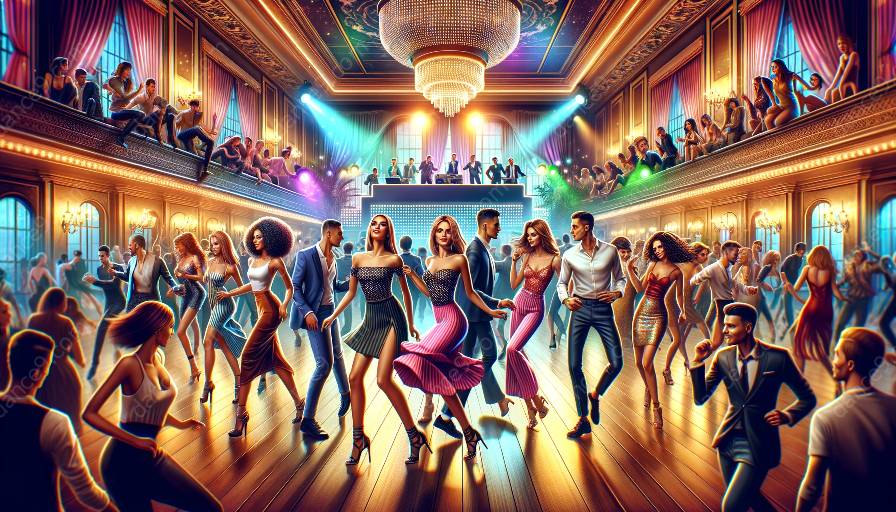When discussing dancehall, it is important to address the cultural stereotypes associated with this unique and vibrant dance form. At its core, dancehall is a reflection of Jamaican culture and identity, but it has also been subject to misconceptions and misrepresentations. By understanding the origins, evolution, and global impact of dancehall, we can appreciate its significance and debunk stereotypes, creating a more inclusive and authentic experience in dance classes.
The Roots of Dancehall
Dancehall originated in the late 1970s in Jamaica as a vibrant and energetic form of street dance that accompanied the popular music of the same name. It was an expression of the social and political realities faced by the youth in Jamaica, providing a platform for self-expression and creativity. The dance moves were heavily influenced by African dance traditions, including elements of traditional Jamaican folk dance and modern urban dance styles.
Evolving Cultural Significance
Over the years, dancehall has evolved and expanded beyond its Jamaican roots, gaining popularity worldwide and influencing other dance styles. However, this growth has also given rise to cultural stereotypes that have sometimes overshadowed the true essence of dancehall. These stereotypes often depict dancehall as overly sexualized, aggressive, and violent, perpetuating a narrow and limiting view of the culture.
Global Impact and Misconceptions
The global spread of dancehall has led to a myriad of misconceptions and stereotypes, with many individuals associating the dance form solely with negative stereotypes. This misrepresentation not only distorts the true nature of dancehall but also influences the way it is taught and perceived in dance classes around the world.
Dispelling Stereotypes in Dance Classes
It is vital for dance instructors and enthusiasts to address and debunk cultural stereotypes in dancehall. By providing a deeper understanding of the roots and evolution of dancehall, instructors can create a more inclusive and authentic environment in their classes. Emphasizing the cultural and historical significance of dancehall, as well as the diversity of movements and styles within the genre, can help break down stereotypes and foster a more nuanced appreciation of the art form.
Embracing Diversity and Authenticity
Ultimately, the exploration of cultural stereotypes in dancehall should lead to a celebration of diversity and authenticity. By acknowledging and understanding the multifaceted nature of dancehall, dance classes can offer a more comprehensive and respectful experience, enriching the learning journey for students and promoting a broader cultural understanding.













































































